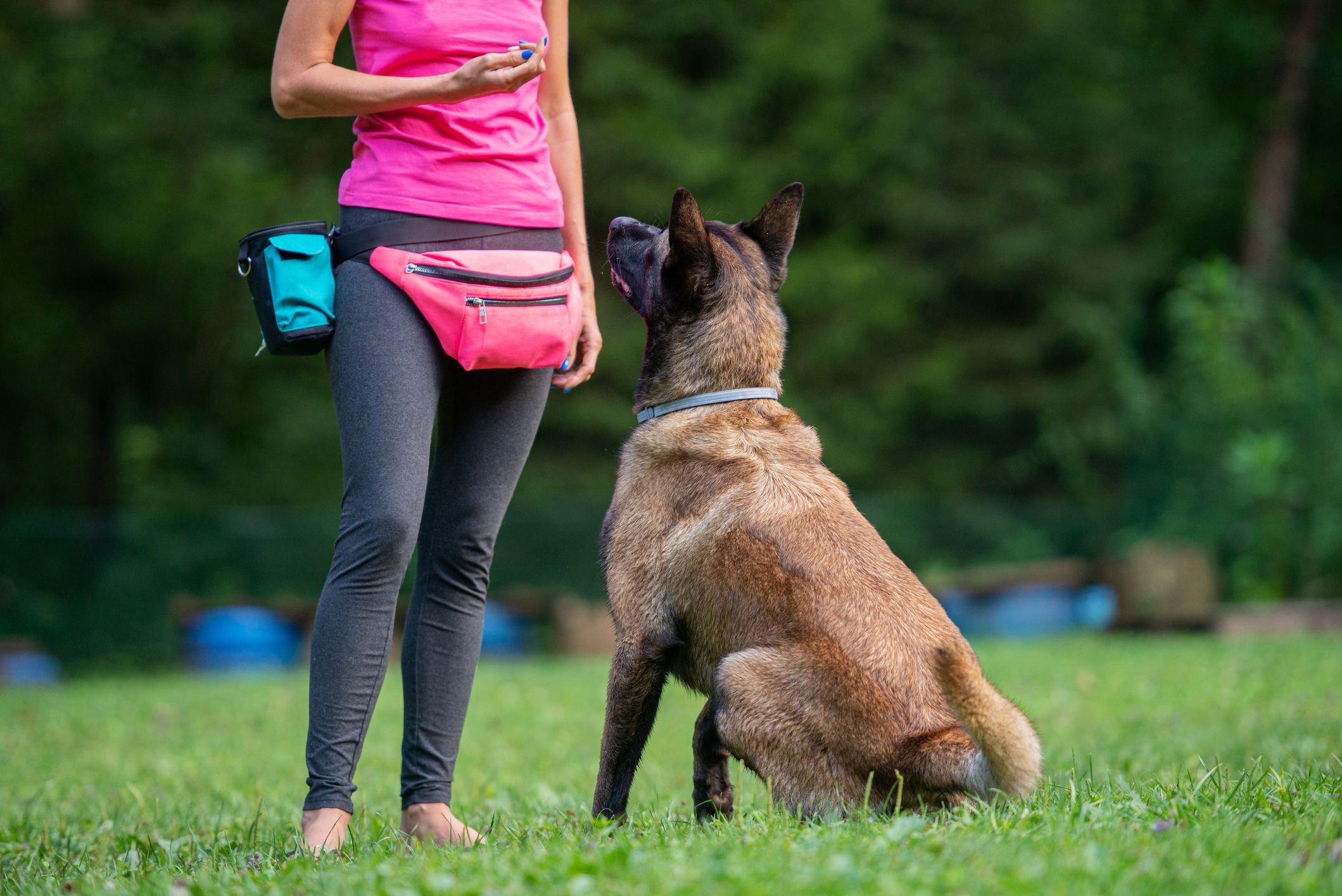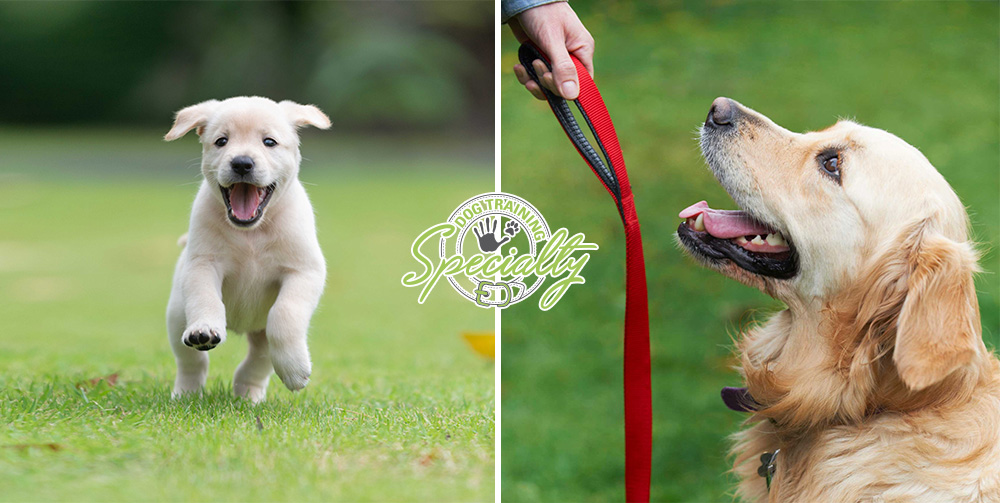Effective Dog Training Near Me for a Better Relationship with Your Pet
Wiki Article
Top Canine Training Methods Every Proprietor Must Know
Recognizing effective canine training methods is critical for any animal proprietor aiming to cultivate a harmonious connection with their canine friend. Amongst the most famous approaches are favorable support, clicker training, and leash training, each offering unique advantages that add to a mannerly pet dog. The success of these techniques frequently hinges on the owner's dedication to uniformity and perseverance. As we discover these basic strategies, it ends up being obvious that understanding their nuances can dramatically impact the training experience and the pet's overall actions. What are the essential components that will make certain these strategies are carried out successfully?Favorable Support Strategies
Using positive support techniques is important for reliable dog training, as it promotes a relying on bond in between the instructor and the pet. This method concentrates on gratifying preferable habits instead of penalizing undesirable ones, producing an environment favorable to finding out. Benefits can consist of treats, appreciation, or playtime, which encourage canines to duplicate the behaviors that gain them these benefits.Positive support is rooted in the principles of operant conditioning, where actions is influenced by its repercussions. By consistently rewarding specific activities, instructors can form a canine's habits over time. As an example, a pet that sits on command and gets a reward is more probable to duplicate that actions in the future.
Moreover, this method boosts the dog's interest for training sessions. When canines link training with positive experiences, they are a lot more engaged and receptive. Past immediate therapy, favorable support encourages a joint relationship between the dog and fitness instructor, reducing stress and anxiety and concern.
To optimize performance, it is crucial to deliver incentives without delay, ensuring the pet attaches the actions with the support. Basically, positive reinforcement techniques not just produce better-trained pet dogs however likewise promote a harmonious partnership between pet and owner.
Remote Control Training Approach
The clicker training method is a highly effective technique that develops upon the principles of positive reinforcement by including a distinct audio to mark desired behaviors. This method utilizes a little portable tool that generates a clicking audio, permitting trainers to interact with their pets in a immediate and clear way. When a pet dog carries out a habits that the owner wishes to urge, the remote control is triggered, followed by an incentive, commonly in the form of treats or appreciation.The trick to effective clicker training exists in uniformity and timing. It is essential to click at the exact moment the preferred behavior takes place, making sure that the dog links the sound with the activity and the subsequent incentive. This method not just enhances communication yet likewise fosters a more powerful bond between the proprietor and the dog, as it urges interaction and interaction throughout training sessions.
Remote control training can be related to a variety of commands and habits, from fundamental obedience to extra complicated methods. Its flexibility and performance make it a preferred strategy among professional trainers and why not check here pet dog owners alike, leading the way for a receptive and trained canine buddy.

Leash Training Fundamentals
Efficient leash training is vital for making certain a secure and delightful walking experience for both pets and their proprietors. A flat collar may function for some canines, while others may profit from a harness that lowers pulling.Present your dog to the chain progressively, allowing them to discover it in a comfortable environment. Once they are accustomed, technique loose-leash walking. This involves gratifying your canine for walking next to you as opposed to drawing ahead. Usage treats and appreciation to strengthen desired actions, and make certain to stay assertive and calm.
If your canine begins to pull, stop strolling right away. Additionally, method numerous strolling settings to assist your pet adapt to disturbances.
Normal practice will strengthen your pet dog's understanding of chain decorum. Bear in mind that leash training is a continuous procedure; patience and consistency will certainly yield the best outcomes, promoting a positive experience for both you and your canine buddy.
Socializing Approaches
Socializing is a critical element of canine training that must ideally start during puppyhood however can be beneficial at any type of age. Effective socialization helps dogs establish self-confidence and reduces the likelihood of behavioral concerns. To execute effective socializing methods, subject your pet dog to a selection of settings, individuals, and other pets.
Start with regulated settings, such as pup classes or arranged playgroups, where young dogs can connect safely. Slowly present your canine to new experiences, including different sounds, surface areas, and activities. Ensure these encounters are favorable and rewarding to develop a feeling of safety and security.
For grown-up dogs or those doing not have exposure, begin with low-stress scenarios. Short, favorable communications with tranquil canines and pleasant human beings can produce positive organizations - Dog training. Use treats and praise to reinforce desirable behaviors throughout these experiences
Checking your canine's body movement is vital; signs of fear or hostility need to be dealt with quickly, either by removing the pet dog from the scenario or rerouting its emphasis. Consistently revealing your pet to diverse stimuli will promote flexibility, content making it a well-rounded buddy qualified of growing in various settings.
Consistency and Persistence
Identifying the importance of uniformity and persistence in canine training is essential for attaining lasting results. Inconsistent training can lead to complication, making it challenging for the pet to understand actions or commands, eventually impeding progression.Pet dogs, like human beings, find out at their own speed. This cultivates a trusting connection in between the dog and owner, urging an extra prepared and passionate learner.
To grow uniformity and patience, establish Extra resources a regular training routine, make use of the same commands, and make sure that all household participants apply the exact same training concepts - Dog training. By doing so, you develop a steady setting helpful to finding out, permitting your pet to flourish and develop into a well-behaved friend

Verdict
Finally, reliable pet dog training methods, such as positive reinforcement, remote control training, and appropriate leash training, are vital for fostering a healthy and balanced owner-dog partnership. Furthermore, carrying out socialization strategies and keeping uniformity and persistence throughout the training process contributes dramatically to a pet's total wellness. By integrating these methods, pet proprietors can help with the development of well-adjusted, loyal family pets, ultimately boosting the lifestyle for both the proprietor and the dog.Among the most noticeable techniques are favorable reinforcement, remote control training, and leash training, each offering one-of-a-kind benefits that contribute to a well-behaved pet. As we check out these basic techniques, it comes to be apparent that understanding their subtleties can considerably influence the training experience and the canine's total behavior.Using favorable reinforcement methods is important for efficient pet training, as it promotes a relying on bond in between the fitness instructor and the pet.In verdict, effective canine training techniques, such as positive reinforcement, remote control training, and proper leash training, are necessary for fostering a healthy owner-dog partnership. By integrating these approaches, dog proprietors can facilitate the development of well-adjusted, obedient family pets, inevitably enhancing the quality of life for both the proprietor and the dog.
Report this wiki page